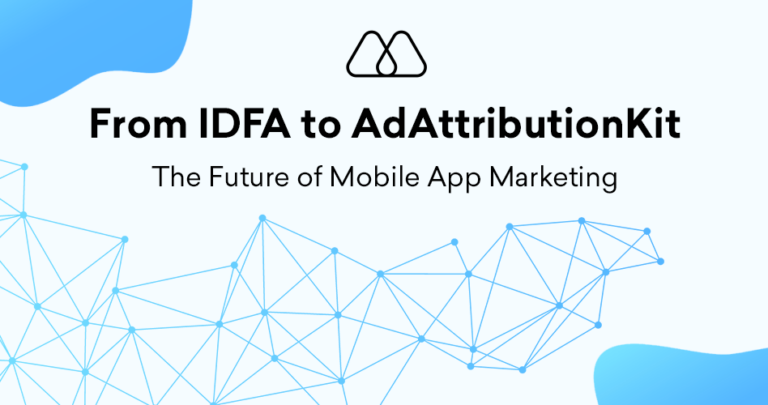Managing and optimizing ad inventory is critical for advertisers and publishers in the evolving digital marketing landscape. Understanding ad inventory helps maximize ad revenue and enhance campaign performance across diverse channels.
What is Ad Inventory?
Ad inventory refers to the total quantity of space that a publisher has available to display advertisements. This can include various formats such as banner ads, video ads, and native ads across platforms such as websites, mobile apps, and social media channels. Imagine a website with designated spaces on the sidebar or within the content area, to showcase advertisements. These spaces represent the website’s ad inventory, and their value depends on factors like the website’s traffic, audience demographics, and ad format.
Understanding the Dynamics of Ad Inventory
Ad inventory is crucial for both publishers and advertisers. Publishers aim to sell their inventory to the highest bidder, while advertisers look for the most effective spaces to place their ads to reach their target audience. Consider a news website with a large audience interested in business and finance. This website’s ad inventory for banner ads placed strategically near business articles would likely be valuable to financial services sector advertisers.
The management of this inventory can be automated through systems like supply-side platforms (SSPs) which help publishers sell their inventory efficiently. Think of an SSP as a digital marketplace where publishers can list their ad space and advertisers can bid on it according to their campaign goals.
Types of Ad Inventory
There are two main categories of ad inventory:
- Premium Inventory: This is typically sold directly by the publisher’s sales team at higher prices due to its perceived value and better placement. For instance, a high-traffic website might have a premium ad slot on its homepage that guarantees high visibility for the advertiser.
- Remnant Inventory: This includes ad spaces not sold through direct deals and are usually available at a lower price through programmatic channels. These remnant spaces can still be valuable for advertisers looking to expand their reach at cost-effective rates.
Programmatic Buying
Programmatic buying has revolutionized the way ad space is bought and sold. By utilizing automated systems, advertisers can purchase ad space in real-time, based on specific criteria such as audience behavior, demographics, and more. This ensures advertisers maximize their ad spend by targeting the right audience at the right time. Imagine an advertiser promoting a new fitness app. Through programmatic buying, they can target their ads to appear on websites and apps frequented by people interested in health and fitness.
Challenges in Managing Ad Inventory
Managing ad inventory effectively requires balancing supply and demand, optimizing fill rates (the percentage of ad space sold), and maximizing revenue. Here are some of the key challenges:
- Ad Blocking: Increases in ad blocker usage can reduce available inventory and impact revenue. Ad blockers are software extensions that prevent ads from being displayed on web pages. A rise in ad blocker usage can limit the number of people who see the ads, reducing the publisher’s revenue.
- Inventory Quality: Ensuring ad inventory quality is crucial to maintaining brand safety and user experience. Publishers need to be mindful of the type of ads they display to avoid placing content that might be offensive or irrelevant to their audience.
- Pricing Strategy: Setting the right prices for different inventory types can be complex and affect profitability. When determining ad pricing, publishers should consider factors like inventory quality, audience demographics, and overall market trends.
Strategies for Optimizing Ad Inventory
Effective ad inventory management involves several strategies:
- Data-Driven Insights: Utilizing analytics to understand audience engagement and optimize inventory allocation. By analyzing user behavior data and ad performance, publishers can understand which ad formats and placements are most effective for their audience.
- Dynamic Pricing: Implementing pricing strategies that reflect the changing supply and demand dynamics. For example, when airline ticket prices fluctuate, publishers can use dynamic pricing to adjust ad inventory costs based on real-time factors like traffic and advertiser demand.
- Cross-Platform Management: Managing inventory across multiple platforms to maximize exposure and revenue opportunities. Publishers can extend their reach and potentially increase revenue by offering ad space across their website, mobile app, and social media channels.
The Future of Ad Inventory
The future of ad inventory management might be shaped by technological advances, including artificial intelligence and machine learning, which can predict user behavior and optimize inventory allocation more effectively. Additionally, the increasing importance of privacy and data protection will influence how inventory is managed and sold. As user privacy regulations evolve, publishers and advertisers must find new ways to target audiences while respecting user privacy.
By mastering the intricacies of ad inventory, companies can better serve their clients by optimizing ad placements across various digital platforms, thereby driving effective consumer traffic and enhancing overall marketing performance.




